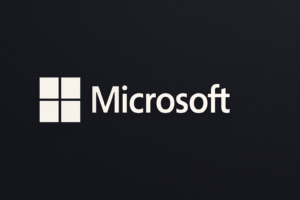Microsoft Excel, the iconic spreadsheet application, is celebrating its 40th anniversary, highlighting its enduring popularity and significant influence in the world of business and data management.
Since its debut in 1985, Excel has evolved from a simple spreadsheet tool into a comprehensive data analysis platform, supporting complex calculations, visualizations, and automation through macros and scripting. Its user-friendly interface and powerful features have helped it maintain a dominant position in the productivity software market, even amid rising competition from newer tools and cloud-based platforms.
Despite the rapid pace of technological change, Excel remains a staple for professionals across various industries, including finance, engineering, research, and education. Its extensive capabilities make it indispensable for data organization, financial modeling, and decision-making processes. Microsoft’s continuous updates and integration with other Office products have only strengthened its appeal to users worldwide.
The celebration of Excel’s 40th anniversary underscores its cultural and economic significance. It has become more than just a software application; it is a global standard for data handling and analysis. Many users have grown up with Excel, developing skills that have become essential in their careers. The software’s widespread adoption has also influenced the development of similar tools, setting benchmarks for functionality and usability.
Market analysts note that Excel’s staying power is largely due to its adaptability and the persistent demand for data-driven decision-making. Microsoft has invested heavily in cloud capabilities, collaborative features, and artificial intelligence integration, ensuring that Excel remains relevant in a world increasingly reliant on real-time data and remote work.
Looking ahead, Microsoft continues to innovate with Excel, introducing features like dynamic arrays, data types, and AI-powered insights. These enhancements aim to streamline workflows and empower users to derive more value from their data. The company’s focus on integration within the Microsoft 365 ecosystem also promises continued growth and relevance for Excel in the digital age.
What is the history behind Excel’s longevity?
Excel’s longevity can be attributed to its continuous updates, user-centric design, and its ability to adapt to evolving technological trends.
How has Excel maintained its relevance in a competitive market?
Excel maintains relevance through constant innovation, integration with other tools, and its broad user base that relies on its extensive features for various professional tasks.
What future developments can we expect from Excel?
Future updates are likely to include more AI-driven features, enhanced collaboration tools, and deeper integration with cloud services to support remote and real-time data analysis.







